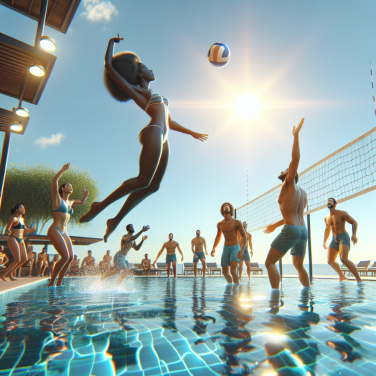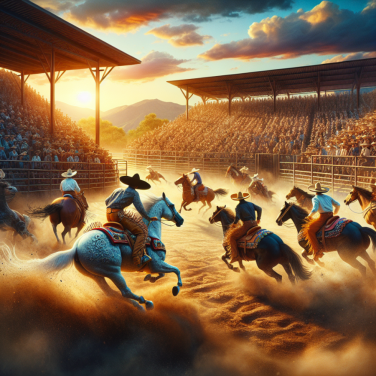Refining the Edge: Advanced Techniques and Training Methods in the Art of Sword Drawing
Battōjutsu, known as the art of sword drawing, is a Japanese martial discipline that emphasizes the rapid unsheathing of a sword and striking or cutting an adversary, all in one fluid, seamless motion. Mastery of battōjutsu is not simply a matter of physical skill; it involves a deep understanding of the philosophy behind each movement and the integration of mind, body, and spirit into the practice. For those looking to refine their edge and advance their techniques beyond the basics, dedicated practice, along with understanding advanced training methods, is imperative.
One advanced technique in the art of sword drawing is Nukitsuke. This is the initial draw of the katana that incorporates an immediate strike the moment the blade clears the scabbard. To execute Nukitsuke effectively, one must have precise control over their body mechanics, ensuring that the draw is both swift and strategically targeted.
Another important aspect of advanced battōjutsu is the development of Hasuji, which refers to the correct blade angle during a strike. Understanding and training to perfect Hasuji is crucial as it affects the efficacy of the cut and can be the defining factor between a merely superficial injury and a decisive strike. Advanced practitioners often study the nuances of blade angling by cutting tatami mats or bamboo, aiming to achieve a smooth, clean cut, which indicates both technical precision and the correct application of force.
Kiri-otoshi is an advanced cutting technique that involves a vertical or diagonal downward cut, typically executed as a counter after evading an opponent's attack. It requires a combination of proper footing, body alignment, and timing to intercept and overpower an adversary's strike while maintaining the element of surprise.
Speed and precision are two hallmarks of advanced battōjutsu, but they must be accompanied by the smoothness of execution. This is embodied in the practice of Fudōshin, the "immovable mind." Achieving Fudōshin means remaining calm and collected amidst the heat of battle, allowing for clear judgment and precise, unhurried movements even under duress. Training to achieve this state can include meditation, breathing exercises, and repetitive practice under various pressures.
In addition, advanced practitioners engage in Tameshigiri, the actual test cutting of targets to validate the effectiveness of their techniques.
Read also:
Unraveling the Journey of the Number 1 Ranked Golfer: Who Holds the Crown?
Unsheathing the Secrets: Core Principles of Battōjutsu
Battōjutsu, the martial art of rapid sword drawing, has fascinated practitioners and enthusiasts for centuries in its complexity, depth, and application. To attain proficiency in battōjutsu, understanding its core principles is indispensable. These underlying tenets are not mere guidelines but the scaffolding upon which the entire art form is constructed.
One of the first principles of battōjutsu is the harmonization between kenjutsu (the art of swordsmanship) and zanshin (a state of full, relaxed awareness). While kenjutsu focuses on combat techniques with the sword, zanshin is about maintaining a mental state that allows the warrior to be fully present and ready to respond to any threat. The rapid draw of the sword (nukitsuke) is not simply a physical act but a manifestation of both physical preparedness and mental acuity.
A second pillar involves the proper posture and footwork, known as kamae and tai sabaki, respectively. The practitioner must assume a stance that is both stable and agile, allowing for quick movements and shifts in balance necessary for effective swordplay. Mastery of footwork is crucial to close or create distance with an opponent efficiently, providing the leverage needed for a successful strike.
Ki, the notion of one's inner energy or life force, plays a crucial role in battōjutsu. Through the concept of kiai, which is the ability to project one's energy in a focused manner, battōjutsu practitioners can enhance the power and precision of their sword techniques. Effective execution relies on the channeling of ki, reinforcing strikes with greater force and intent.
Practitioners also focus extensively on the biomechanics of drawing the sword (saya-biki) and cutting (kirioroshi). The draw must be smooth and swift, minimizing resistance from the scabbard, to allow for an immediate response to an attack. The cutting technique involves a precise trajectory of the blade that follows through the target, ensuring maximum efficiency and minimal exertion of energy.
Another essential aspect is timing, or hyoshi. Understanding the rhythm of combat, knowing when to strike or when to wait, is what often separates novice practitioners from experts. Timing can also refer to one's ability to harmonize their own movements with their breathing, which can calm the mind and reduce unnecessary movements that could signal intentions to the adversary.




